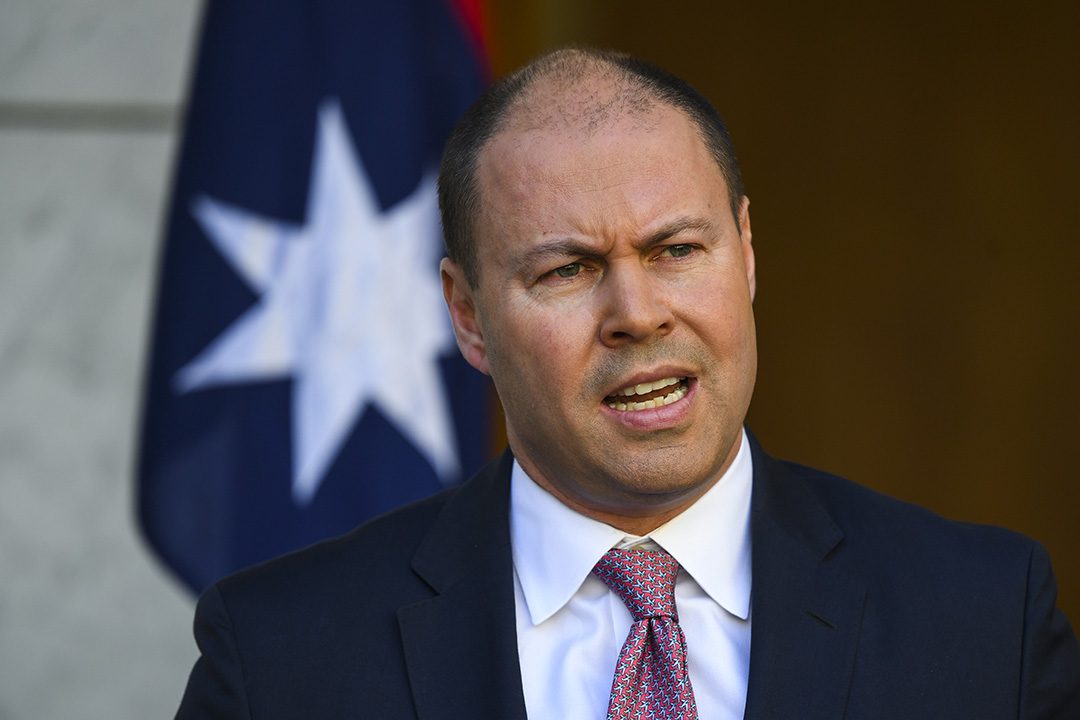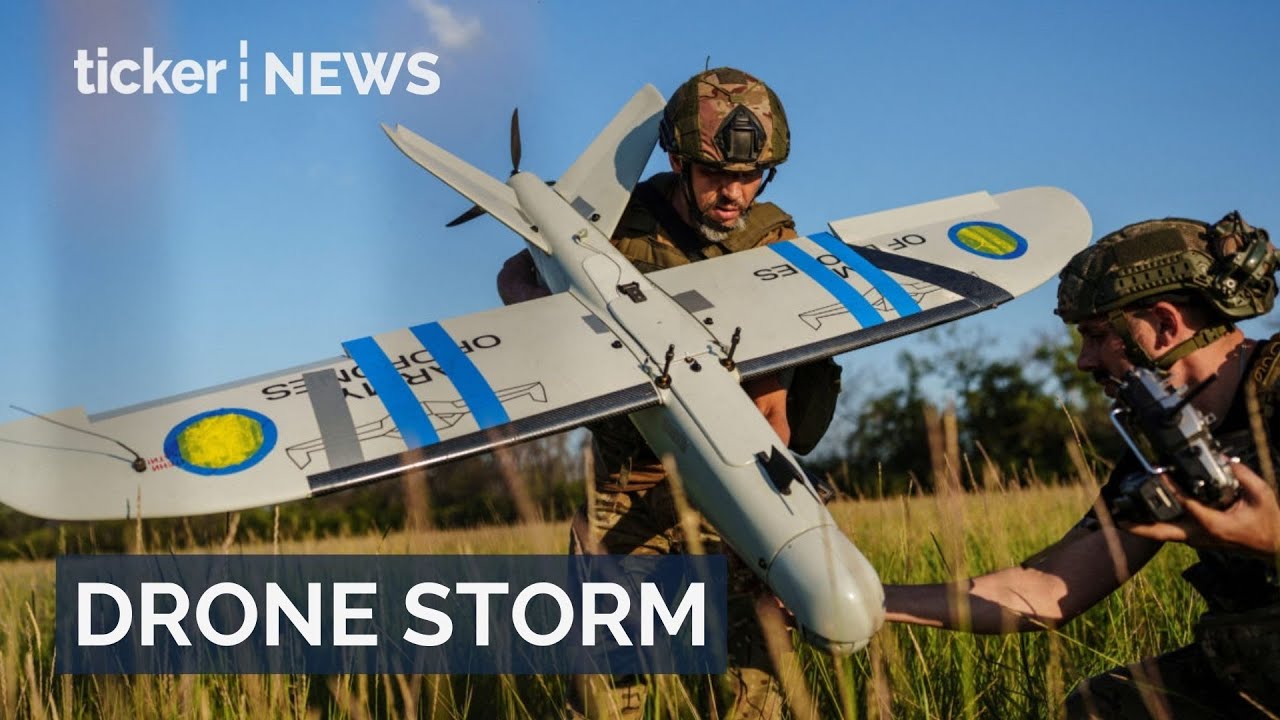News
“We are better placed to meet the economic challenge”: Australia’s Federal Budget

News
SpaceX IPO could make Elon Musk’s Mars dream a trillion-dollar reality
SpaceX’s upcoming IPO could raise $25 billion and value the company over $1 trillion, igniting investor excitement for Mars missions.
News
Russia shoots down 280+ Ukrainian drones as Zelenskyy pushes new peace plan
Russia claims 280 Ukrainian drones shot down; Zelenskyy finalizes a new peace proposal amid rising tensions and military clashes.
News
Disney invests $1B in OpenAI to generate Marvel, Star Wars, and Pixar videos
Disney invests $1 billion in OpenAI for AI-generated videos featuring iconic characters, enhancing fan interactions and launching in 2026.
-



 Leaders3 days ago
Leaders3 days agoH2Pro focuses on affordable green hydrogen
-



 Leaders3 days ago
Leaders3 days agoCarbonBlue revolutionises carbon capture and lime production
-



 Shows4 days ago
Shows4 days agoBrisbane’s economic growth and innovation drive 2032 goals
-



 Leaders2 days ago
Leaders2 days agoYosef Farm showcases successful organic farming in the desert
-



 Shows4 days ago
Shows4 days agoFusion of East and West: A recipe for success
-



 Leaders2 days ago
Leaders2 days agoHomeBiogas transforms waste into clean energy in 30,000 homes
-



 Shows4 days ago
Shows4 days agoVictoria’s new granny flat rules spark a modular housing boom
-



 News4 days ago
News4 days agoChina naval activity raises tensions from Philippines to Galápagos






